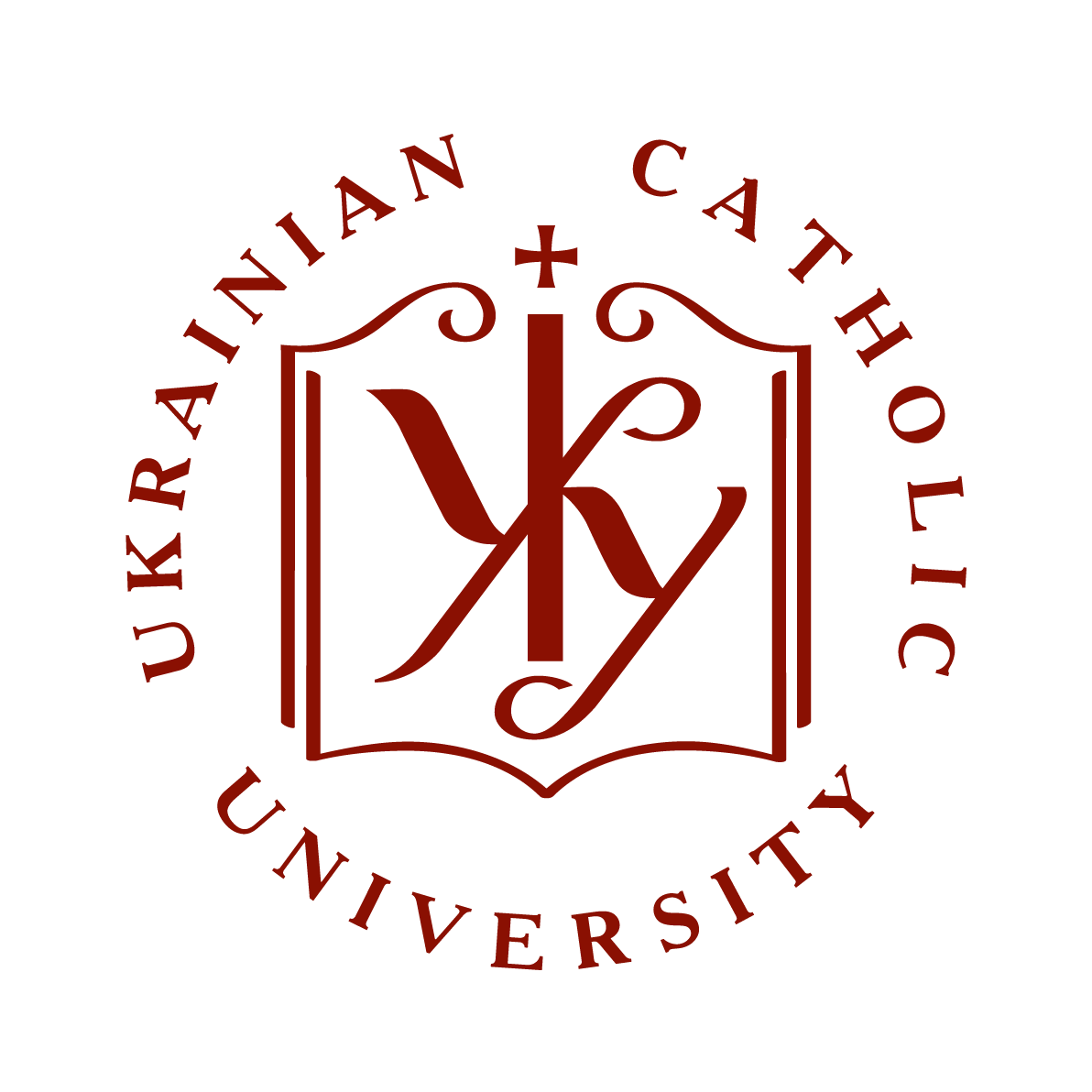Сценарії JavaScript вимкнено для Вашого браузера. Деякі функції цього сайту не будуть працювати без них.
| dc.contributor.author | Гошко (Зайцева), Тетяна
|
|
| dc.date.accessioned | 2020-02-27T02:31:37Z | |
| dc.date.available | 2020-02-27T02:31:37Z | |
| dc.date.issued | 2019 | |
| dc.identifier.citation | Зайцева Т. Антропологія міст і міського права на руських землях Корони Польскої в XIV - першій половині XVII ст. Автореферат дисертації на здобуття наукового ступеня доктора історичних наук. К., 2019. 41 с. | uk |
| dc.identifier.uri | http://er.ucu.edu.ua/handle/1/2053 | |
| dc.language.iso | uk | uk |
| dc.subject | Місто, право, антропологія, правові кодекси, привілеї, Саксонське Зерцало, Ян Ласький | uk |
| dc.title | Антропологія міст і міського права на руських землях Корони польскої в XIV - першій половині XVII ст. | uk |
| dc.type | Other | uk |
| dc.status | Опублікований і розповсюджений раніше | uk |
| dc.description.abstracten | For the first time in Ukrainian historiography, the thesis combines the approaches of historical and legal anthropology to study the late medieval and early modern city on the Ruthenian lands of the Crown of Poland in the 14th – the first half of the 17th century. The author has used the cultural-anthropological approach to the study of the past, according to which in the historical study one culture learns about the other, that is, the culture of the present explores the culture of the past. Here, a historian, like an anthropologist, explores an old culture through the prism of thinking categories, representative of his or her time, cultural and historical realities. Cultural markers of every era are always laid down in the texts, and among such written sources, legal ones are of considerable importance. They include the Sachsenspiegel (Saxon Mirror), which was the starting point for the formation of German town law used by most cities and towns in the Kingdom of Poland from the 14th century. The Saxon Mirror reflects various aspects of medieval culture, including the system of symbols and metaphors used by contemporary burghers. Although the manuscripts of the Sachsenspiegel reached Poland as early as in the 14th century, its content became known to the townsfolk largely due to the legal treatises of the 16th and 17th centuries. The first attempt to describe the norms of town law at the national level was made in the so-called Jan Łaski Statute. However, this legal monument was of compilation nature, while the motley and not very clear statement of the norms of German law in it indicates a weak understanding of its features. The most complete and most popular were the norms of this law presented in the treatises of Bartłomiej Groicki, Paweł Szczerbicz, and Paweł Kuszewicz. These texts show not only the law as such or legal ideas of the burghers, but also their understanding of concepts such as the ideal burgher, good man, good and evil, worthy and unworthy professions, morals, beliefs, different age categories, women’s positions, their ideas about the world order and the perfect city, etc. Through the prism of the codes of city law, one can also trace the change of attitude of the burghers towards the written word. These sources reflect the influence of custom and tradition, as well as the ideas of Humanism and the Reformation, on the legal opinions of the burghers. Since the burghers were part of a broader society, in order to understand their mentality and their vision of the city law, it is important to understand their perception of their place in the state and relations to other social estates. This is best reflected in the Sejm constitutions, in particular, those that deal with the regulation of various aspects of urban life. No less informative sources are the location privileges of towns. Not only do they contain data on the principles of self-government in a particular town, but also tell about the legal notions of burghers, their attitude to the religion and cults, people of other ethnic origins, power, etc. The privileges for the royal cities were more formalized and less informative than the privileges for private towns. Extended location privileges detailing various aspects of the city’s life and self-government, were usually issued for the cities of Dnieper Ukraine at later stages of the penetration of the Magdeburg law into Ruthenian lands. This phenomenon was due to the fact that the location of these cities happened practically without the participation of Western colonists, who were carriers of knowledge about the norms of German law. Sources of almost all types contain a deep stratum of information that allows us to explore the anthropological aspects of the life of the late medieval and early modern city – the world of legal notions of its inhabitants, their social phobias, normative and asocial behaviour, forms of violence and attitudes towards them, diverse identities (social, ethnic, confessional, etc.), gender aspects, etc. The thesis deals with the cities and towns in the Polish Crown’s Ruthenian lands, which, until 1569, consisted of the Ruthenian, Podolian, and Belz voivodeships, and after the Union of Lublin also of those former voivodeships of the Grand Duchy of Lithuania that were transferred to the Crown. Also, the contextual material draws on the history of the cities of the Grand Duchy of Lithuania and the Polish lands of the Crown. The lower chronological limit of the study is explained by the fact that the first sources that mentioned the spread of German law in the Ruthenian lands belong to the 14th century. The beginning of the Khmelnytsky Uprising, which changed the socio-economic development of the whole country, including cities, has been taken as the upper limit. In the middle of the 17th century, the conditions for the functioning of the municipal self-government have changed, and this is another reason why this time can be used to limit the period under investigation. | uk |
Files in this item
This item appears in the following Collection(s)
-
Дисертації та автореферати [2]
Dissertations and Theses


